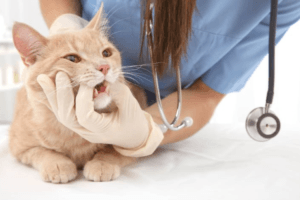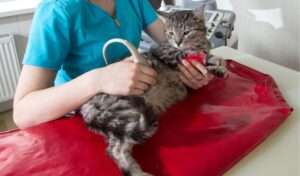How to Diagnose and Treat Ringworm in Cats
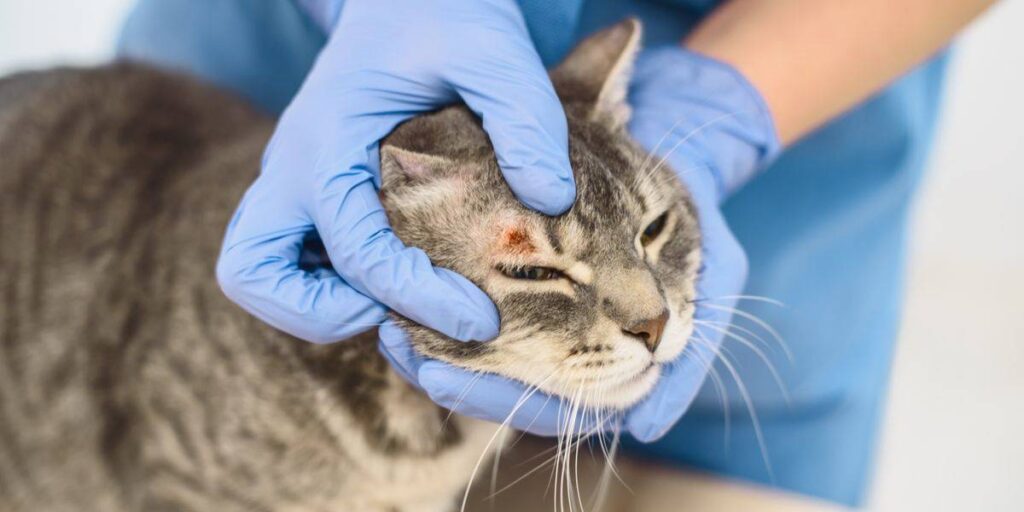
As a cat owner, it’s important to be aware of ringworm, a common fungal infection that can affect cats. Despite what the name of this disease implies, ringworms have nothing to do with worms. Instead, it’s caused by a type of fungus that can thrive in warm and humid environments.
This guide will teach you all about ringworm in cats, and what steps you can take to prevent it from causing harm to your cat.
What are Ringworms in Cats?
Ringworm is a fungal infection that thrives on keratin, a protein present in hair, nails, and skin. Its name comes from the circular, red, and elevated “ring” that characterizes inflammation in infected people. In some cases, however, the infected areas may not always have a ring shape. It spreads easily among cats and can even infect humans.
Signs of ringworm in cats include (but are not limited to):
- Hair loss in circular or irregular patches
- Scaly or crusty skin
- Excessive scratching
- Inflamed areas of skin
Some variants of ringworms only infect one species, while others can spread across various animal species, including humans. For cats, one particular species of ringworm called Microsporum canis is responsible for most ringworm infections, and can also infect dogs and humans. This particular variant is also responsible for over 90% of ringworm infections in cats.
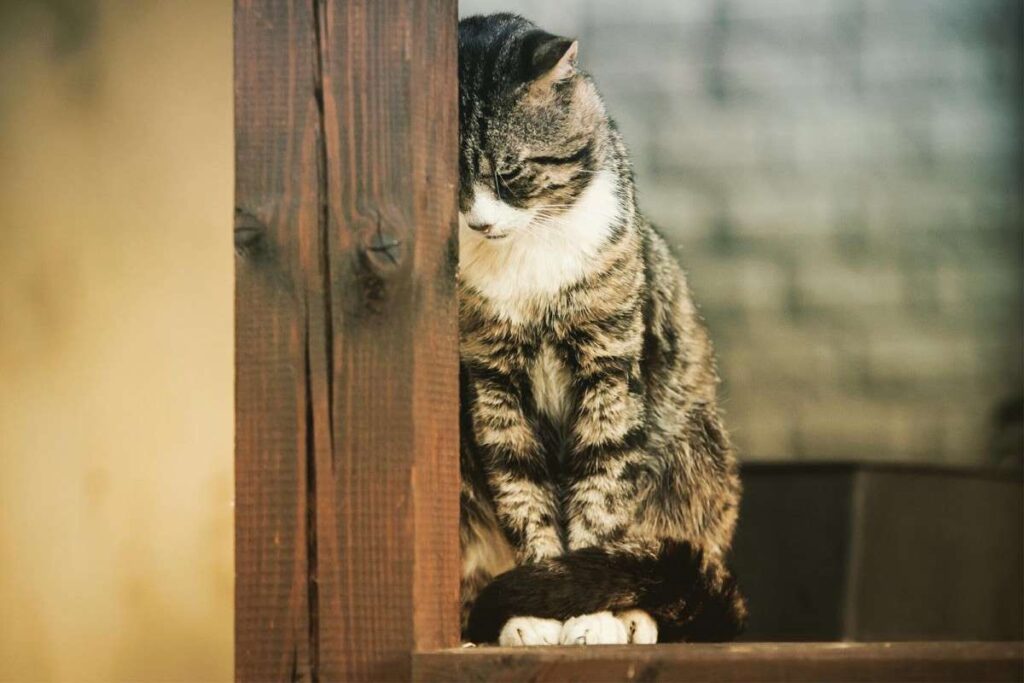
How to Diagnose Ringworm in Cats
Identifying ringworm in cats can be challenging since its symptoms can resemble those of other skin conditions. Swift and accurate diagnosis is vital for effective treatment.
There are two common approaches taken by vets for the diagnosis of ringworm.
- A Wood’s lamp examination of the skin and coat of cats with ringworm may reveal yellow-green fluorescence in some cases when viewed under a special ultraviolet lamp in a darkened room. However, not all cases of ringworm will fluoresce, and certain types of dermatophytes do not glow under this lamp. Consequently, additional diagnostic measures may be necessary to verify the presence of ringworm fungi.
- The most trustworthy method for diagnosing ringworm in cats involves laboratory testing of the fungus culture. The veterinarian obtains hair and skin scrapings from the cat to achieve this. While positive results may be confirmed within a few days, sometimes the fungal spores can take up to three weeks to grow, delaying the culture results.
Your veterinarian may also suggest additional testing for other diseases (which are easier to diagnose, and similar in symptoms) to exclude other possible causes before diagnosing ringworm.
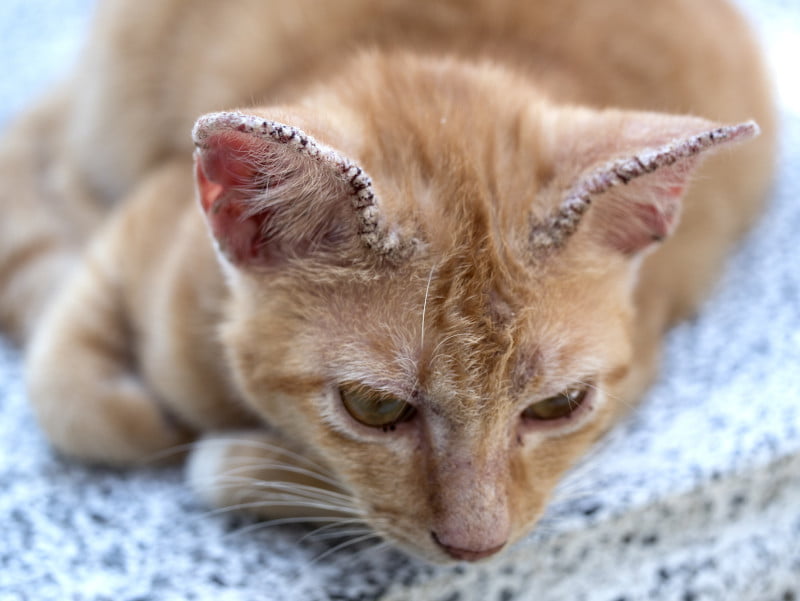
Treatment Options for Ringworm in Cats
Treatment for ringworm in cats typically involves antifungal medications. Depending on the severity of the infection, your veterinarian may prescribe oral or topical antifungal medications, medicated shampoos, or dips.
Topical Treatment:
Topical therapy is often used in combination with oral medication to treat ringworm in cats. Creams, ointments, and shampoos containing miconazole, terbinafine, or clotrimazole can be applied to localized areas of the skin affected by ringworm. Chlorhexidine + miconazole-based shampoos or lime sulfur dips can also be used twice weekly.
Topical treatment may be necessary for several weeks to several months. Clipping or shaving the hair in small areas may be sufficient for one or two affected areas, while longhaired cats may require full hair clipping.
Oral Treatment:
In most cases, oral anti-fungal drugs are necessary to treat ringworm in cats. The most commonly used drugs are itraconazole or terbinafine. Treatment may last for at least six weeks, but in some cases, longer therapy may be required. It is important to complete the full course of treatment, as stopping treatment too soon can lead to a recurrence of the disease.
Environmental Cleaning:
Ringworm spores can be shed into the environment and cause infection in other animals and humans. To minimize the risk of spread, all environmental contamination must be eliminated. Infected hairs should be clipped and topical antifungal treatment applied to affected skin areas.
Rooms where the cat is kept should be easy to clean and the environment should be kept as free of spores as possible. Damp mopping or vacuuming should be done daily and pet hair should be removed from floors or furniture. Fungal spores can be killed using a solution of chlorine bleach and water.
Make sure to follow your veterinarian’s instructions and complete the full course of treatment to prevent recurrence. In severe cases, your cat may need to be hospitalized for intensive treatment.
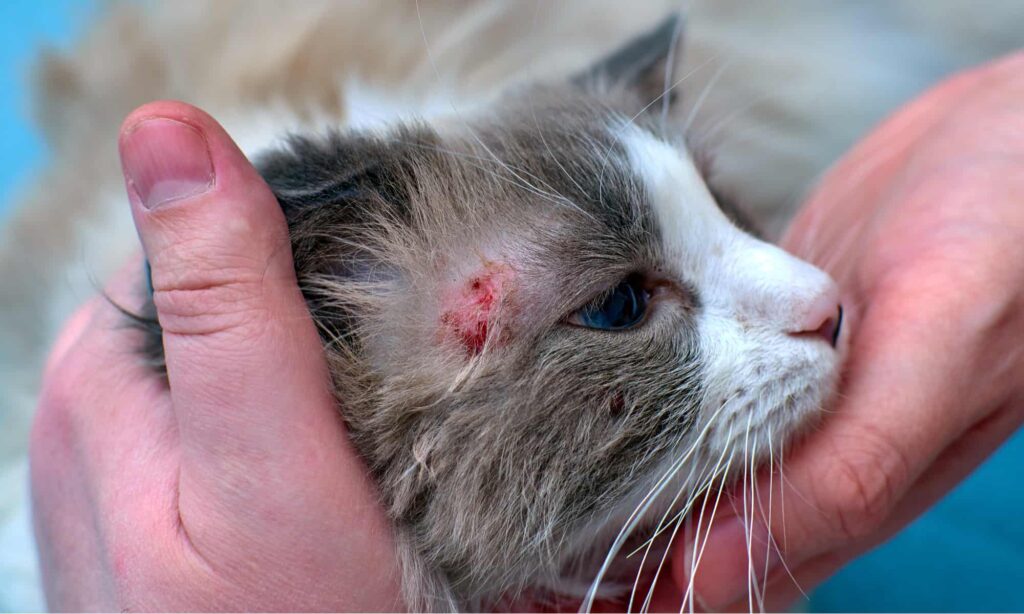
Home Remedies for Ringworm in Cats
While there are some home remedies for ringworm in cats, it’s important to consult with your veterinarian before trying them. Some natural remedies include apple cider vinegar, coconut oil, and tea tree oil which can be applied to the affected area.
These remedies may help alleviate symptoms, but they are not a substitute for medical treatment. Additionally, some natural remedies may be toxic to cats, so it’s important to use them with caution.
And so concludes our guide on how to deal with ringworm in cats. Good luck!
